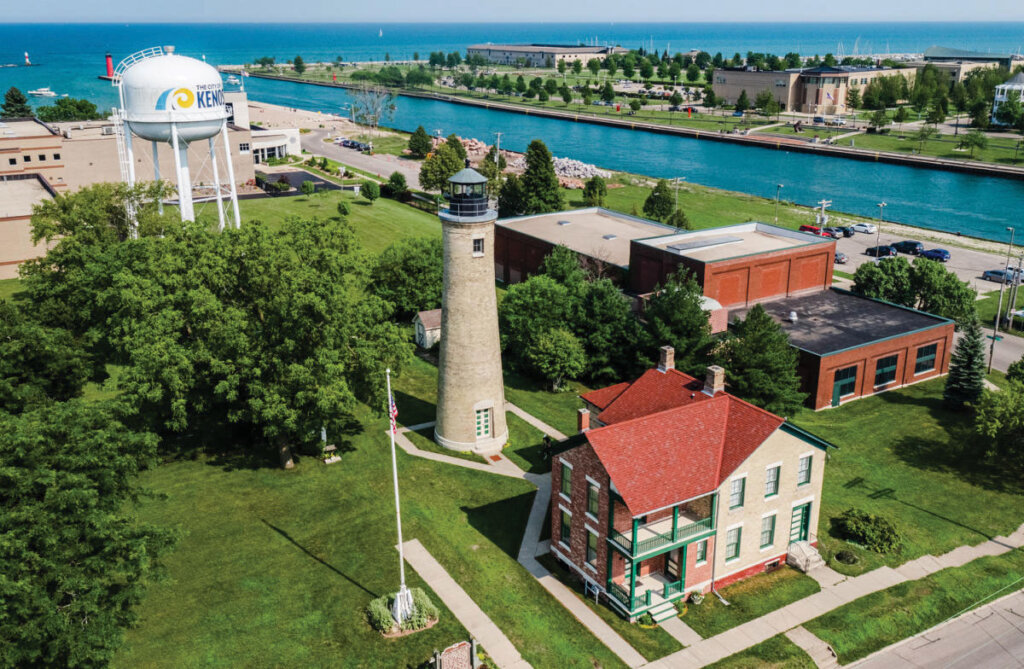
Flooding has become a growing concern in Kenosha, especially in neighborhoods that sit close to Lake Michigan or areas where older drainage systems struggle to keep up with heavy storms. When a home floods, the effects go far beyond wet floors and damaged belongings. Water can seep deep into the structure of the property, soak insulation, weaken the foundation, and trigger long-term mold problems that continue long after the water has disappeared. Many homeowners feel overwhelmed after experiencing a flood, especially when insurance coverage falls short or repairs seem too expensive. This is where the idea of Selling Flood-Damaged Homes in Kenosha becomes an appealing and practical alternative. For many residents, selling offers relief and a chance to move forward without being trapped by constant repairs, stress, and uncertainty. In situations where the damage is extensive and repairs are unrealistic, Selling Flood-Damaged Homes in Kenosha becomes the simplest and most reliable solution.
Why Traditional Selling Is Extremely Difficult in Kenosha After Flood Damage
A flood-damaged home is rarely attractive to traditional buyers, and this creates a major challenge for anyone hoping to sell through the usual real estate channels. Most buyers are looking for a home that feels safe, clean, and ready to move into, and the moment they hear about previous flooding—or see signs of it—they become hesitant or walk away entirely. Even if a homeowner invests heavily in repairs, it is difficult to erase the stigma of past water damage. Inspections also make the process harder because inspectors are trained to uncover hidden moisture and underlying structural concerns that buyers may not feel comfortable taking on. To complicate matters further, many lenders refuse to approve mortgages for homes with any signs of unresolved water issues. This means that even willing buyers often cannot move forward unless the seller fixes every problem first. Because of these challenges, Selling Flood-Damaged Homes in Kenosha on the open market often becomes a long, frustrating, and financially draining experience.
Types of Flood Damage Commonly Seen in Kenosha Homes
Homes in Kenosha experience water damage in many different ways. Some homeowners deal with basements that fill with water during heavy rainfall, especially in older houses where waterproofing systems are outdated or missing entirely. Others face moisture seeping through walls, which may seem minor at first but eventually leads to mold growth deep inside the structure. In some cases, sewer backups occur during large storms, causing contamination that requires extensive cleaning and professional remediation. Standing water can linger long enough to ruin flooring, rot wood framing, and spread dampness into areas that were never touched by visible water. Roof leaks caused by storm damage can also introduce water into the attic, leading to insulation problems and long-term moisture pockets. Each of these situations contributes to the complexity of Selling Flood-Damaged Homes in Kenosha, because buyers often fear the unseen problems that might still exist behind walls, under floors, or within the foundation.
The Real Cost of Repairing Flood Damage in Kenosha
Repairing a flood-damaged property is almost always more expensive than homeowners expect. What begins as a simple cleanup often turns into a large-scale project once walls are opened and hidden issues come to light. Mold remediation alone can become a major expense, especially if it has spread beyond the initial flooded area. Waterlogged drywall must be replaced to prevent future health risks, and damaged electrical wiring often needs to be brought up to safety standards. Floors may need to be removed and rebuilt, and if the foundation was compromised, the cost can escalate dramatically. Many Kenosha homeowners discover that by the time all repairs are completed, the total amount invested far outweighs any additional value they might gain from selling the home traditionally. Because of this, Selling Flood-Damaged Homes in Kenosha as-is becomes a logical and financially responsible decision for those who want to avoid sinking thousands of dollars into a property with an uncertain return.
Traditional Selling vs. As-Is Selling in Kenosha
The difference between selling a flood-damaged home the traditional way and selling it as-is is significant. Traditional selling requires homeowners to commit to repairs, inspections, cleanups, and a long waiting period in hopes that the perfect buyer might eventually appear. Even then, the buyer may demand further repairs or renegotiate the price due to newly discovered issues. In contrast, selling as-is offers a straightforward, predictable experience. Homeowners can avoid the pressure of fixing the property and skip the complications of dealing with agents, showings, and lenders. This simplicity is why Selling Flood-Damaged Homes in Kenosha as-is has become the preferred option for people who want to remove the burden quickly and without financial strain.
Benefits of Selling Your Flood-Damaged Home As-Is in Kenosha
Selling a flood-damaged property as-is provides homeowners with a sense of relief that is hard to achieve through traditional selling. After experiencing the emotional toll of water damage, the last thing many people want is to invest more time and money into a house that no longer feels safe or comfortable. By choosing an as-is sale, homeowners can skip the hassle of contractors, insurance disputes, and unpredictable repair timelines. They also avoid the stress of preparing the home for showings or dealing with buyers who may back out at the last minute. The ability to close quickly provides an opportunity to move forward without being weighed down by ongoing issues. Many Kenosha homeowners who choose this route describe it as the moment they finally regain control and peace of mind. For this reason, Selling Flood-Damaged Homes in Kenosha as-is has become a trusted solution for those seeking certainty and simplicity.
What Cash Buyers Consider When Purchasing Flood-Damaged Homes in Kenosha
Cash buyers approach flood-damaged properties in a completely different way than traditional buyers. Instead of focusing on what is wrong with the home, they look at its potential once repairs are complete. They are familiar with the types of damage commonly found in Kenosha homes and know how to restore them efficiently. Their experience allows them to accurately assess the level of work needed without being intimidated by mold, structural damage, or moisture problems. Because they understand the renovation process, they can make fair offers without requiring the homeowner to fix anything beforehand. This perspective makes Selling Flood-Damaged Homes much easier, as the seller does not need to worry about overwhelming repair expectations or unrealistic buyer demands.
The Step-by-Step Process for Selling Flood-Damaged Homes in Kenosha
The process of selling a flood-damaged home as-is is designed to be simple and stress-free. It typically begins with a brief conversation where the homeowner explains the situation and shares the details of the property. A cash buyer then arranges a quick walkthrough to understand the extent of the damage firsthand. The evaluation focuses on the overall condition rather than small cosmetic issues, so the visit is usually fast and straightforward. After reviewing the home, the buyer presents a cash offer that reflects the property’s current state without requiring repairs or cleaning. If the homeowner agrees, the closing date is scheduled according to their needs, often within a week or two. This smooth, predictable process is one of the main reasons Selling Flood-Damaged Homes has become an attractive option for those who want immediate relief from a stressful situation.
Why Selling Flood-Damaged Homes in Kenosha Often Makes the Most Sense
Flood damage can derail a homeowner’s life, leaving them with uncertainty, stress, and unexpected financial burdens. After experiencing the emotional and physical strain of dealing with water damage, the thought of trying to sell the home traditionally can feel overwhelming. Selling as-is provides a practical alternative that eliminates complexity and puts the homeowner back in control. It offers a way to avoid costly repairs while still receiving a fair offer for the property. Whether the home has minor basement flooding or severe structural damage, Selling Flood-Damaged Homes offers a reliable path forward, allowing residents to focus on what comes next rather than being held back by a damaged property.
